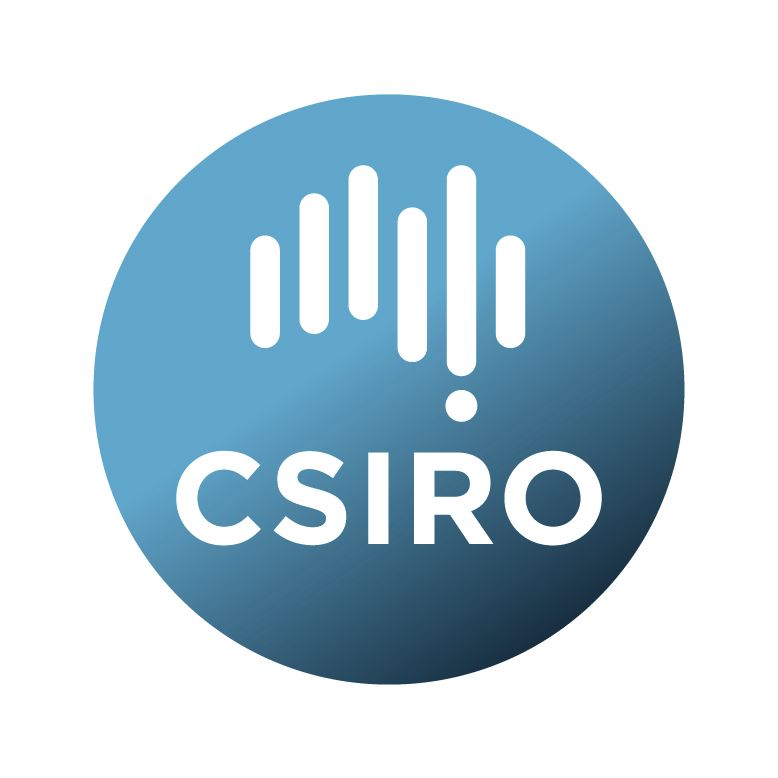Brief description
ASKAPsoft, the ASKAP Science Data Processor, provides data processing functionality, including:* Calibration
* Spectral line imaging
* Continuum imaging
* Source detection and generation of source catalogs
* Transient detection
ASKAPsoft is developed as a part of the CSIRO Australian Square Kilometre Array Pathfinder (ASKAP) Science Data Processor component. ASKAPsoft is a key component in the ASKAP system. It is the primary software for storing and processing raw data, and initiating the archiving of resulting science data products into the data archive (CASDA).
The processing pipelines within ASKAPsoft are largely written in C++ built on top of casacore and other third party libraries. The software is designed to be parallelised, where possible, for performance.
ASKAPsoft is designed to be built and executed in a standard Unix/Linux environment and core dependencies must be fulfilled by the platform. These include, but are not limited to, a C/C++/Fortran compiler, Make, Python 2.7, Java 7 and MPI. More specific dependencies are downloaded by the ASKAPsoft build system and are installed within the ASKAPsoft development tree. Specific to the Debian platform, after a standard installation of Debian Wheezy (7.x) the following packages will need to be installed with apt-get:
* g++
* gfortran
* openjdk-7-jdk
* python-dev
* flex
* bison
* openmpi-bin
* libopenmpi-dev
* libfreetype6-dev
* libpng12-dev
More information regarding the building, installation and running of the software can be found in the README file in the root of the file structure that forms this collection.
Source code can be accessed via the links in Related Materials section.
-----
This patch release sees a few bug-fixes to the pipeline scripts:
* Incorrect indexing of some self-calibration array parameters
* Better handling of logic in determining the usage of the
alternative imager.
* Ensuring the image-based continuum-subtracted cubes are converted
to FITS and handled by the CASDA upload. Also that this task is
able to see cubes directly written to FITS by the spectral
imagers.
* Fixing handling of directory names so that extracted artefacts are
found correctly for FITS conversion.
* Removal of extraneous inverted commas in the continuum imaging
jobscript.
Additionally, there is a new parameter USE_CLI, which defaults to true
but allows the user to turn off use of the online services, should
they not be available.
Finally, a number of the default parameters used by the bandpass
calibration and the continuum imaging have been updated, following
extensive commissioning work with the 12-antenna early science
datasets. Here is a list of the changed parameters:
* NCYCLES_BANDPASS_CAL=50
* NUM_CPUS_CBPCAL=216
* BANDPASS_MINUV=200
* BANDPASS_SMOOTH_FIT=0
* BANDPASS_SMOOTH_THRESHOLD=3.0
* NUM_TAYLOR_TERMS=1
* NUM_PIXELS_CONT=3200
* CELLSIZE_CONT=4
* RESTORING_BEAM_CUTOFF_CONT=0.5
* GRIDDER_OVERSAMPLE=5
* CLEAN_MINORCYCLE_NITER=4000
* CLEAN_PSFWIDTH=1600
* CLEAN_SCALES="[0]"
* CLEAN_THRESHOLD_MINORCYCLE="[40%, 1.8mJy]"
* CLEAN_NUM_MAJORCYCLES="[1,8,10]"
* CLEAN_THRESHOLD_MAJORCYCLE="[10mJy,4mJy,2mJy]"
* PRECONDITIONER_LIST="[Wiener]"
* PRECONDITIONER_GAUSS_TAPER="[10arcsec, 10arcsec, 0deg]"
* PRECONDITIONER_WIENER_ROBUSTNESS=-0.5
* RESTORE_PRECONDITIONER_LIST="[Wiener]"
* RESTORE_PRECONDITIONER_GAUSS_TAPER="[10arcsec, 10arcsec, 0deg]"
* RESTORE_PRECONDITIONER_WIENER_ROBUSTNESS=-2
* SELFCAL_NUM_LOOPS=2
* SELFCAL_INTERVAL="[57600,57600,1]"
* SELFCAL_SELAVY_THRESHOLD=8
* RESTORING_BEAM_CUTOFF_CONTCUBE=0.5
* RESTORING_BEAM_CUTOFF_SPECTRAL=0.5
Available: 2017-08-13
Data time period: 2017-05-23 to ..
Subjects
ASKAP |
Astronomical Sciences |
Astronomical Sciences Not Elsewhere Classified |
Physical Sciences |
data reduction |
pipeline |
radio astronomy |
science data processor |
software |
User Contributed Tags
Login to tag this record with meaningful keywords to make it easier to discover


